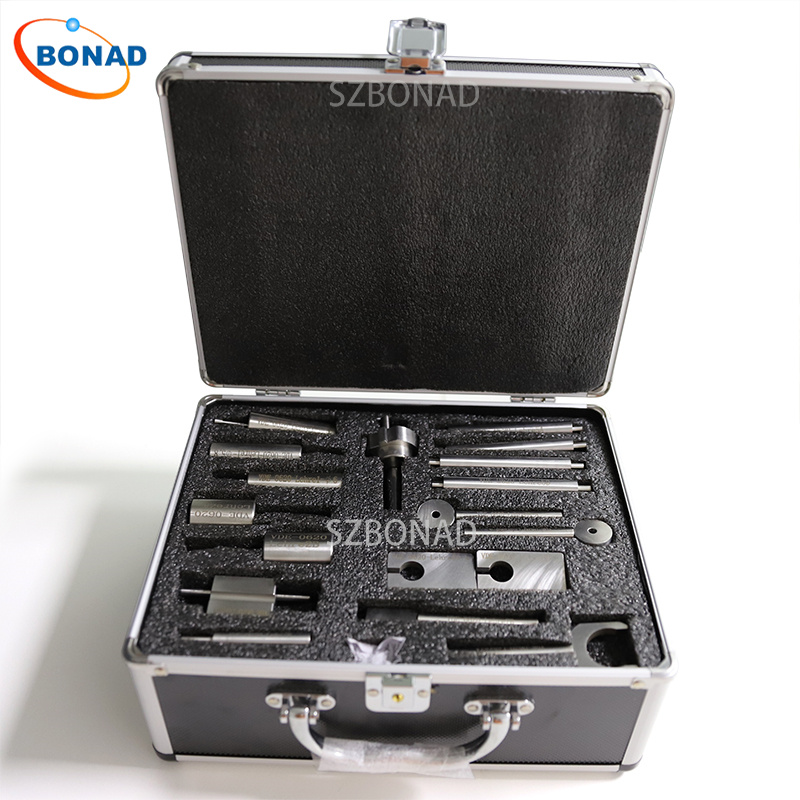Temperature and humidity are critical elements that greatly influence the quality, performance, and dependability of products and materials in numerous sectors. From electronics to pharmaceuticals, automotive to aerospace, maintaining ideal temperature and humidity conditions is essential for ensuring product integrity and safety.
Variations in temperature and humidity can cause material degradation, increased wear, and even catastrophic failures. To prevent these risks, industries rely on temperature and humidity testing. By exposing products to demanding environmental conditions and simulating real-world scenarios, this testing process allows manufacturers to identify weaknesses, evaluate performance, and ensure compliance with stringent industry standards.
In this article, we will explore the realm of temperature and humidity testing, examining its significance, standards, benefits, applications across various sectors, and available testing products. Let’s delve into the pivotal role of temperature and humidity testing in fostering innovation and quality assurance across diverse industries.
Understanding Temperature and Humidity Testing
Temperature and humidity testing involves placing products in controlled environments where these factors can be precisely adjusted. This process aims to replicate real-world conditions, enabling manufacturers to assess how their products perform under different temperature and humidity extremes.
By subjecting products to challenging environments, temperature and humidity testing provides valuable insights into the reliability, durability, functionality, performance, and overall quality of various products across multiple sectors.
Temperature testing exposes products to both high and low temperatures to evaluate their performance under extreme conditions. This helps manufacturers determine if components can endure temperature changes without compromising their integrity or functionality. Conversely, humidity testing assesses how products react to varying moisture levels in the air. Excessive humidity can lead to corrosion or electrical failures; hence it is crucial to evaluate how products withstand such conditions.
During temperature humidity testing, products are typically placed inside environmental chambers that simulate a wide range of conditions. These chambers allow precise control over temperature and humidity levels for accurate results. Advanced monitoring equipment records data throughout the process providing comprehensive information about product performance.
Temperature humidity tests can be conducted through various methods such as high-temperature high-humidity tests or moisture resistance tests depending on specific requirements.
Standards for Humidity Testing
To ensure consistency across industries globally accepted standards govern temperature/humidity tests outlining procedures equipment criteria followed during such tests:
- ASTM D2247: Evaluates water resistance of coatings under 100% relative humidity.
- ISO 4677-1: Provides guidance on atmospheres for conditioning/testing including determining relative humidity.
- ISO 16750-4: Focuses on environmental testing for automotive electrical/electronic equipment.
- IEC 60068-2-30: Specifies test methods evaluating component/equipment performance in humid environments with cyclic temperature changes.
- IEC 60068-3-6: Provides supporting documentation/guidance confirming chamber performance.
- IEC 61747: Addresses electronic display device evaluation under various environmental conditions including temp/humidity.
- IEC 61215: Pertains PV module qualification/testing including temp/humidity assessments.
- JIS C-8917,JIC C-8938,JIS C-8990: Japanese Industrial Standards covering electronic component environmental tests ensuring quality/reliability.
Benefits of Temperature & Humidity Testing
Temperature & Humidity Testing offers numerous benefits:
1.Improved Product Quality: Identifying potential weaknesses/defects proactively leads higher-quality end-products reducing likelihood failures recalls enhancing brand reputation customer trust.
2.Enhanced Reliability: Rigorous tests ensure consistent reliable product performance translating increased lifespan reduced maintenance costs improved customer experience compliance industry regulations guaranteeing safety reliability.
3.Failure Mode Identification Design Optimization: Subjecting extreme temp/humidity uncovers vulnerabilities optimizing designs selecting materials implementing improvements enhancing durability longevity.
4.Accelerated Development Testing Cycles: Simulating accelerated aging identifying issues early enables prompt adjustments faster market entry competitive edge meeting demands efficiently.
5.Risk Mitigation Cost Reduction: Identifying weaknesses/failure modes proactively addresses issues pre-market reducing warranty claims dissatisfaction reputational damage implementing preventive measures improves reliability reduces operational expenses.
6.Innovation Product Development Opportunities: Understanding product behavior under different conditions reveals improvement opportunities informing future iterations staying ahead competition.
Applications Across Industries
Temperature & Humidity Tests find widespread application across sectors:
1.Electronics Semiconductors : Assessing component/circuit/device durability identifying thermal stress/moisture ingress/corrosion/electrical failures ensuring optimal function diverse environments extreme temps/high humidities
2.Automotive Aerospace : Evaluating vehicle/aircraft reliability safety assessing effects temp variations/moisture critical components/systems/materials optimizing designs validating compliance standards challenging environments
3.Pharmaceuticals Healthcare : Assessing drug/vaccine/device stability shelf life verifying efficacy/integrity fluctuating temps/humidities ensuring quality regulatory compliance
4.Energy Renewables : Evaluating renewable system reliability/performance PV modules/wind turbines/storage systems optimizing design/durability enhancing efficiency generation
5.Consumer Goods Packaging : Evaluating product quality/durability appliances/electronics/textiles/packaged goods ensuring withstand transport/storage/use satisfying customers reducing failures
6.Environmental Monitoring Research : Assessing ecosystem/habitat/climate impacts understanding plant growth/animal behavior/environmental health effects
Conclusion:
Temperature and humidity testing is a critical element in ensuring product quality, reliability, and performance across a wide range of industries. By understanding the standards, benefits, and applications of this type of testing, companies can make more informed decisions, optimize designs and processes, and deliver quality products to their customers.
To fully harness the power of temperature and humidity testing to test your products, it is essential to work with experts in the field. At BONAD, we specialize in providing comprehensive temperature and humidity testing solutions to meet the specific requirements of your industry. Our state-of-the-art facilities and experienced team deliver accurate and reliable test results, enabling you to bring the perfect product to market.
Please visit our website for more details on our temperature and humidity testing instruments. If you have any questions or would like to discuss your testing needs, please contact us. Our dedicated team is eager to work with you to ensure your products are successful and perform optimally in real-world environments.



